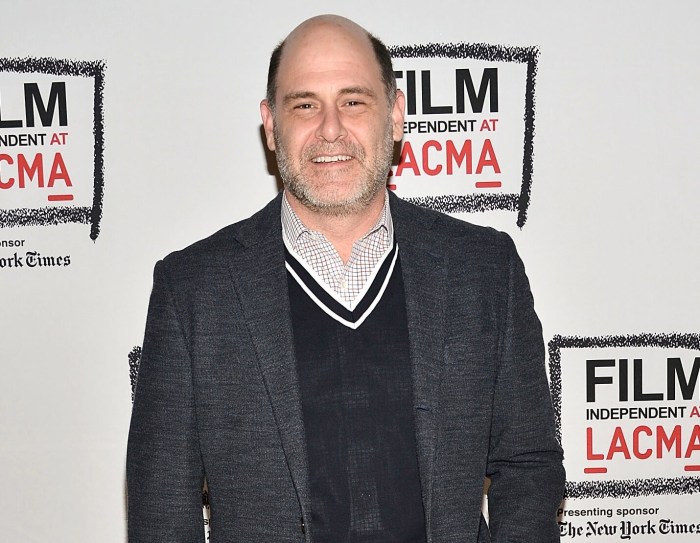It’s been more than five decades since President Kennedy signed the Equal Pay Act of 1963, years we’ve re-lived — or lived vicariously for the first time — watching the tumultuous rise of junior copywriter Peggy Olson on the AMC television series “Mad Men.” Olson, played by Elisabeth Moss, fights her way to workplace relevance and, later, prominence in the testosterone-addled world of Madison Avenue, a sometimes unwitting but relentless second-wave feminist. Yet it’s important to remember that the real data on women’s pay has lagged. Women were paid 58.9 cents on the dollar compared to men in 1963 and today the figure is 78.3 cents, according to the Institute for Women’s Policy Research (IWPR) in Washington. D.C. Hard-won progress but a shocking result after a half-century of effort. Pay equality, sometimes called “pay equity” by academics, is a big deal. If cents on the dollar don’t seem important, consider a clear number that should give anyone pause: $800,000. That’s the amount of money a college-educated women doesn’t earn by age 59 compared to a similarly skilled man, according to the IWPR. It’s easily enough cash to make the difference between retiring comfortably or retiring into poverty. And this assumes the typical woman is a latter-day Peggy Olson, one who succeeds in getting an education, a secure job and eventual advancement. For women of color, immigrants and the less-educated the numbers only get worse. It will take decades more to close the pay gap, until 2058, IWPR reports — if pay equity doesn’t simply become a permanent future ideal that’s never achieved, despite legislation and good intentions. It’s easy to say “men and women do different work,” and that’s often true. In addition, many women voluntarily stop working for a period — to rear children, for instance — then can fall into lower-paying jobs or find their skills have atrophied, stagnating advancement. Researchers carefully control for these differences and a stubborn disparity remains. “Once you look across groups of workers with similarities, that gap still exists,” says Jessica Milli, PhD, a senior research associate at IWPR. “Even if we were able to explain away the entirety of the wage gap, the fact that there are differences is an important thing and a thing that needs to be addressed.” One avenue toward change is legislation that aims to lighten the penalty women pay for choosing to care for children, such as paid family leave. Women in states with paid leave are more likely to return to the workforce and to return to their previous employer, Milli points out. Another is pay transparency — making salaries public information. “A big thing that is emerging is comparable worth, since men and women are in different careers. If you take two workers with these same education performing jobs with the same skill, effort and working under same conditions, those same jobs need to pay the same,” Milli says. Pay transparency sounds pretty radical, but it could become commonplace in the coming years. Corporations once fearful of legal risks or concerned solely with federal compliance rules are beginning to see pay equity as a front-burner recruiting issue. In short: Companies that seek to attract women might need to back up their fair-pay bona fides Forward-thinking managers should consider pay equity as an engagement tool, says Gail Greenfield, PhD, a principal and senior workforce strategy consultant at the global human resource consultancy Mercer. “Good pay practices reduce talent risk,” Greenfield says. “It increases an employer’s value proposition to potential hires, which in turns helps companies attract, retain and motivate workers from diverse talent pools. “Increasingly, you find companies are voluntarily sharing data on their pay and diversity practices, moving away from a purely compliance and risk avoidance mindset,” she says.
Sometimes, hard choices must be made. Xactly, a San Jose, Calif., compensation software firm, dug into industry-wide data for salespeople and found alarming disparities, starting from the first paycheck and continuing in base pay and commission rates — even though other data showed women to be more effective leaders and more loyal to employers. Alarmed, Xactly CEO Chris Cabrera turned the spotlight inward and found similar patterns at his own firm. Desta Buchowski-Price, vice-president of product management and education at Xactly, took part in the self-study. “It was easy to get the data, but to decide to actually do something, and even have to lower an employee’s pay, was not an easy choice,” Buchowski-Price says. “Chris did something actionable when many people wouldn’t. I think that is commendable.”
Women at Work: You’ve come a long way … Maybe


















